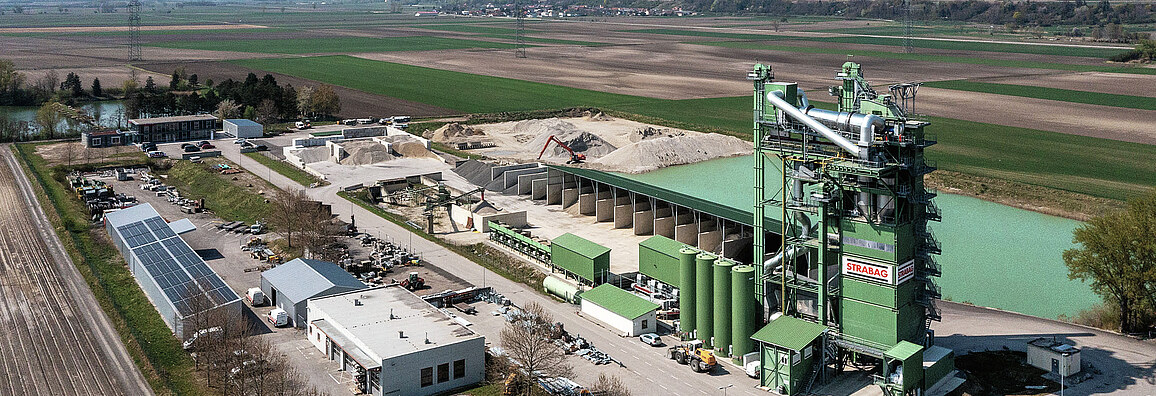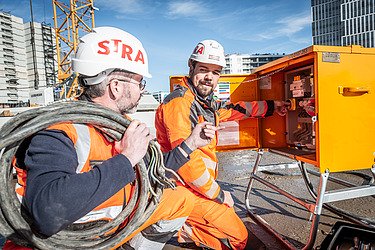Material and Circular Economy
Sustainable use of raw and recyclable materials in the construction industry
We live a circular economy reducing our consumption of primary raw materials, minimising our waste volumes and promoting the preservation of high-quality materials.
The construction industry is one of the world's most raw material-intensive sectors. The linear economic system - consisting of raw material extraction, utilisation and disposal - is increasingly reaching its limits, as raw materials are only available in limited quantities. To conserve recyclable materials and reduce waste, there is an urgent need to transform the construction industry into a circular economy. In a circular economy, the life cycle of products and materials is maximised through reuse and recycling, while waste is avoided at the same time.

When we build, we consume large quantities of non-renewable building materials such as sand, stone, asphalt and concrete. Renewable raw materials, especially wood, are also increasingly being used in the construction industry. Once a building has reached the end of its life cycle, large quantities of waste are produced. In most cases, this waste is not recycled in the same way or is even completely removed from the economic cycle when it is thermally utilised as waste or sent to landfill. In addition to the high volume of waste produced, the contaminants contained in the waste pollute the environment in many ways. It is therefore of central importance for us to strengthen measures for waste avoidance and high-quality waste utilisation.
STRABAG's aim is to reduce the environmental impact associated with the consumption of raw materials and waste streams and to promote a resource-efficient circular economy. To achieve our climate targets along the entire value chain, the responsible use of raw materials and the use of innovative, CO2e-optimised building materials play a central role.
Projects and initiatives for the efficient use of raw materials
In the area of circular economy, we are focussing on the following six fields of action:
- Circular design
- Circular building materials
- Zero waste construction site
- Building in existing structures
- Deconstruction
- Value stream management and recovery

Position paper on the circular economy

Further projects
Click here for an insight into STRABAG’s projects related to materials and circularity
more information



